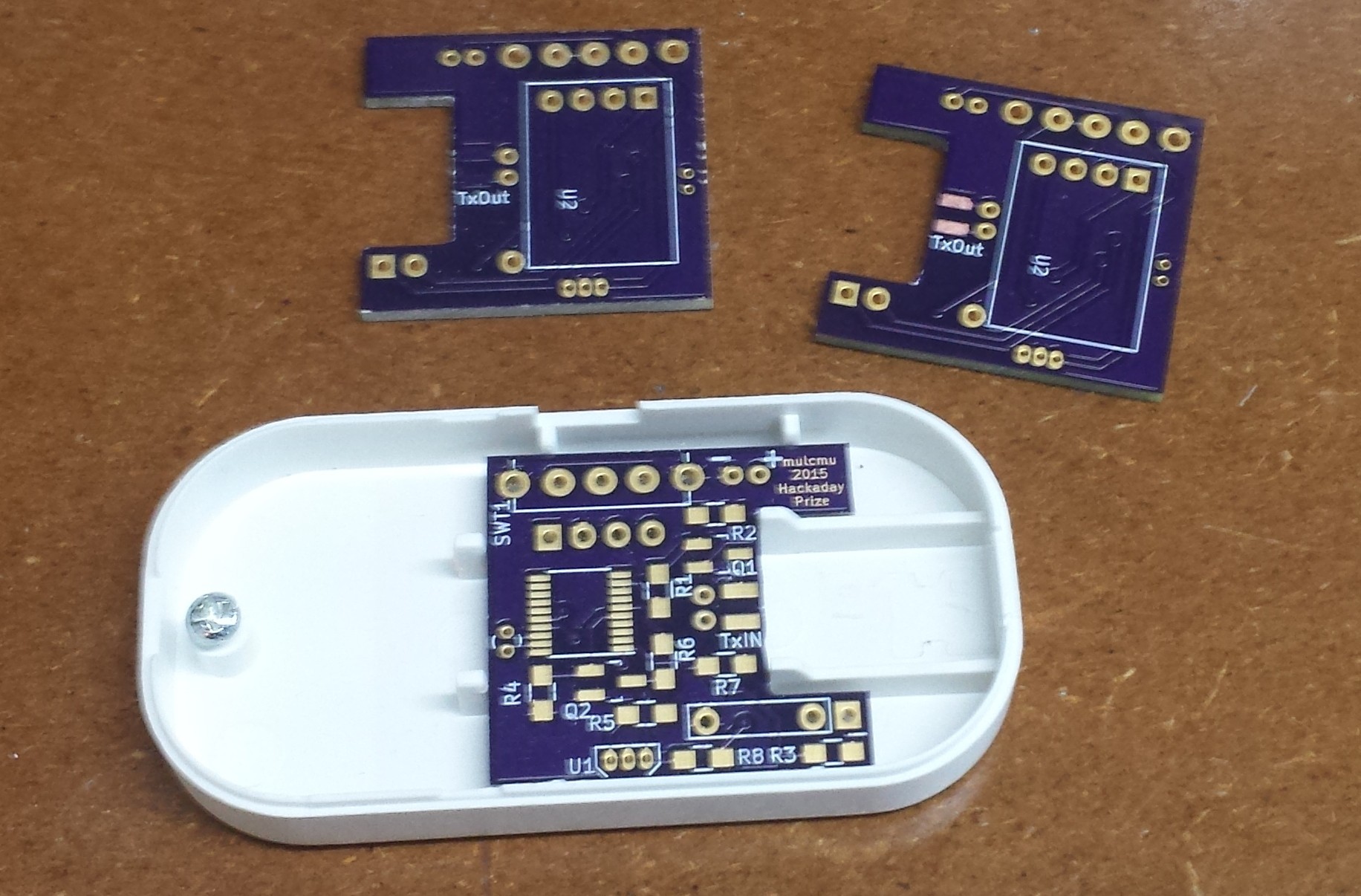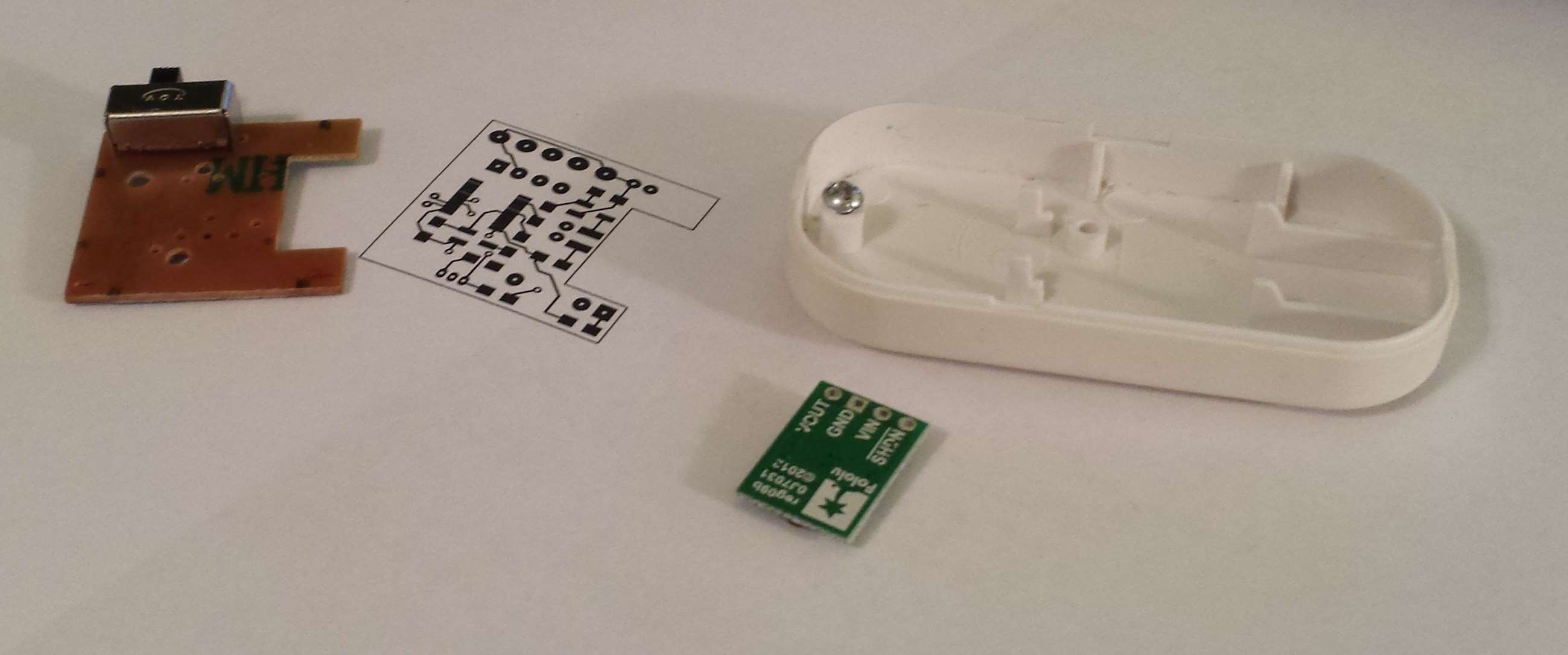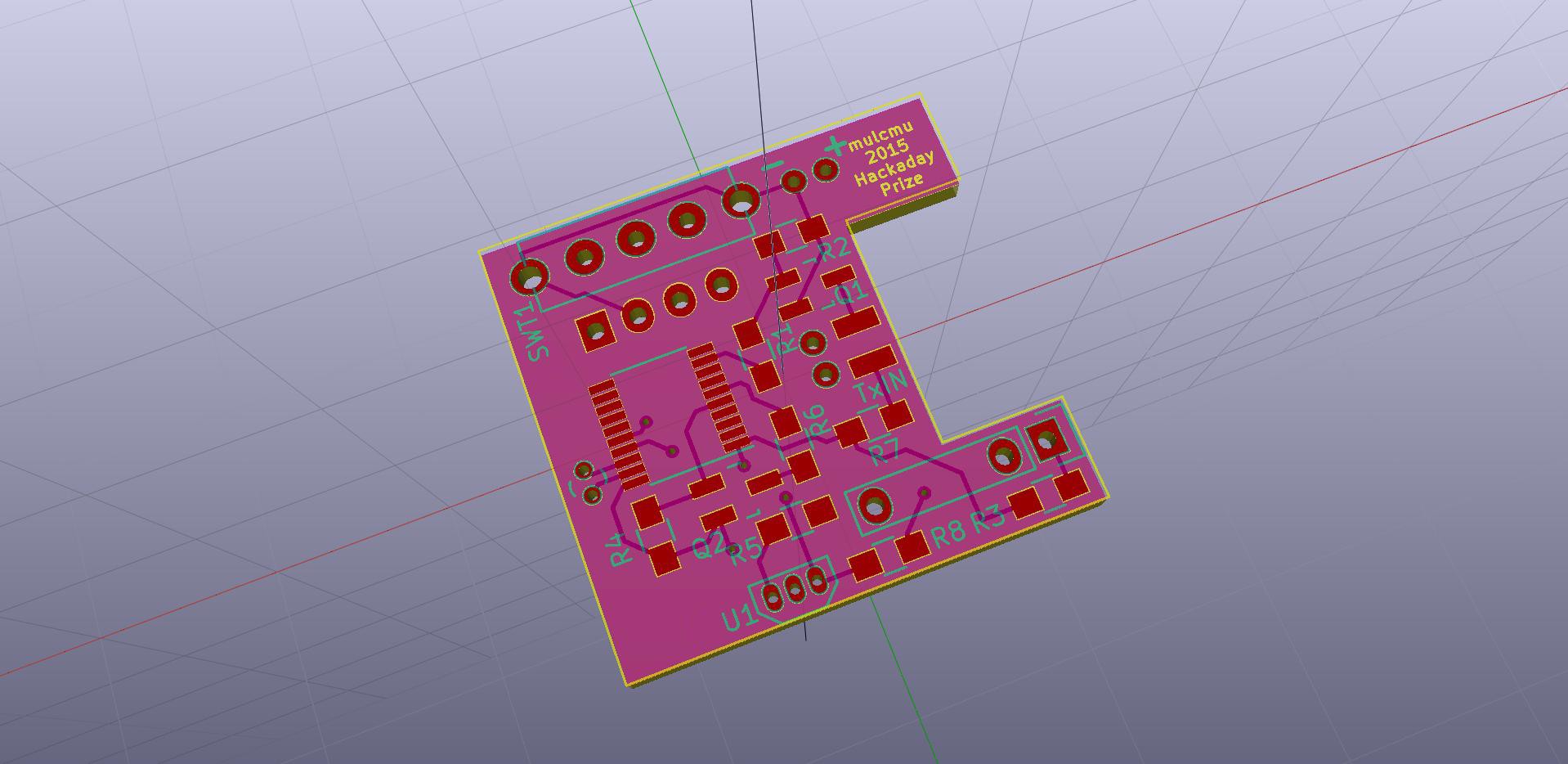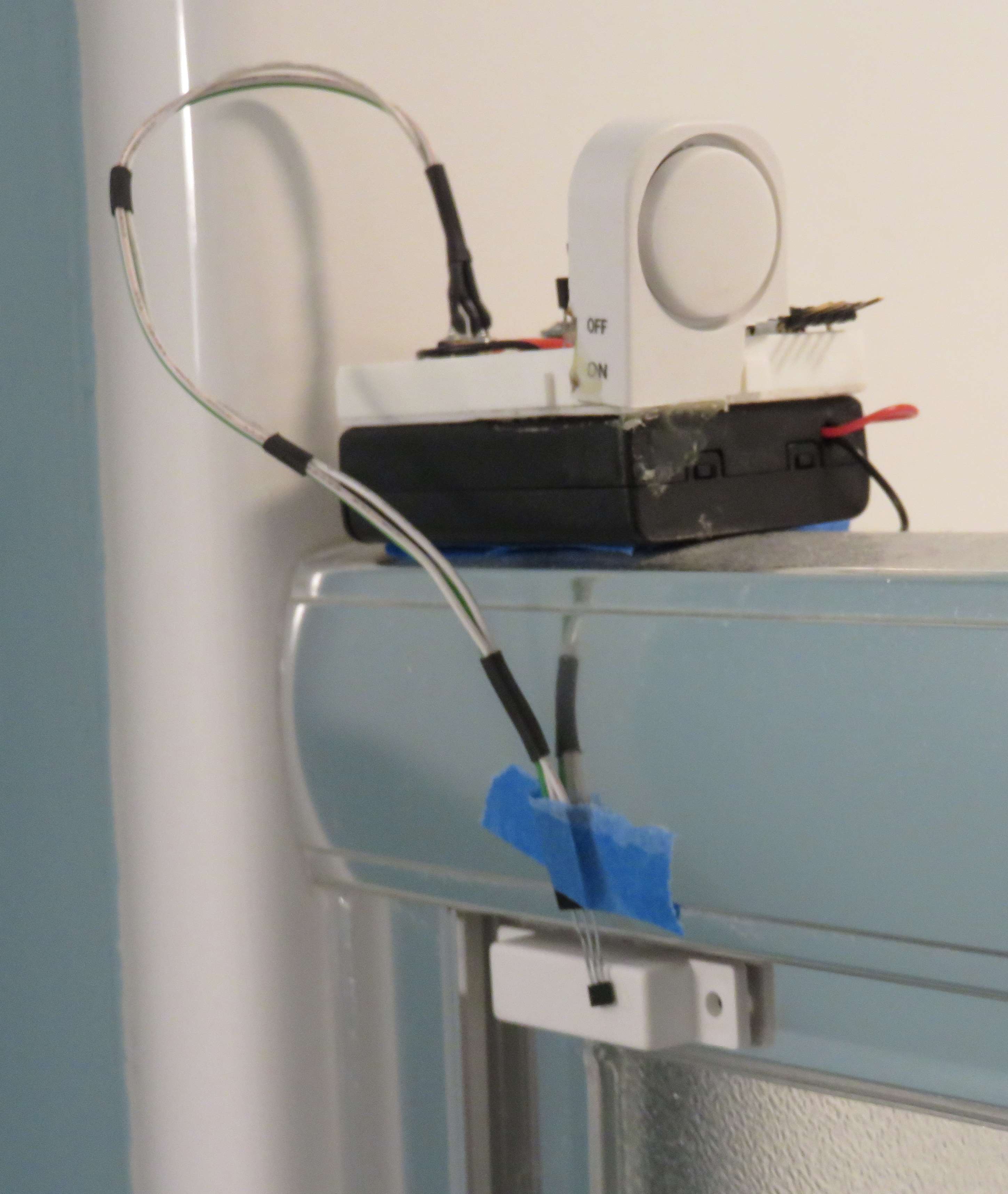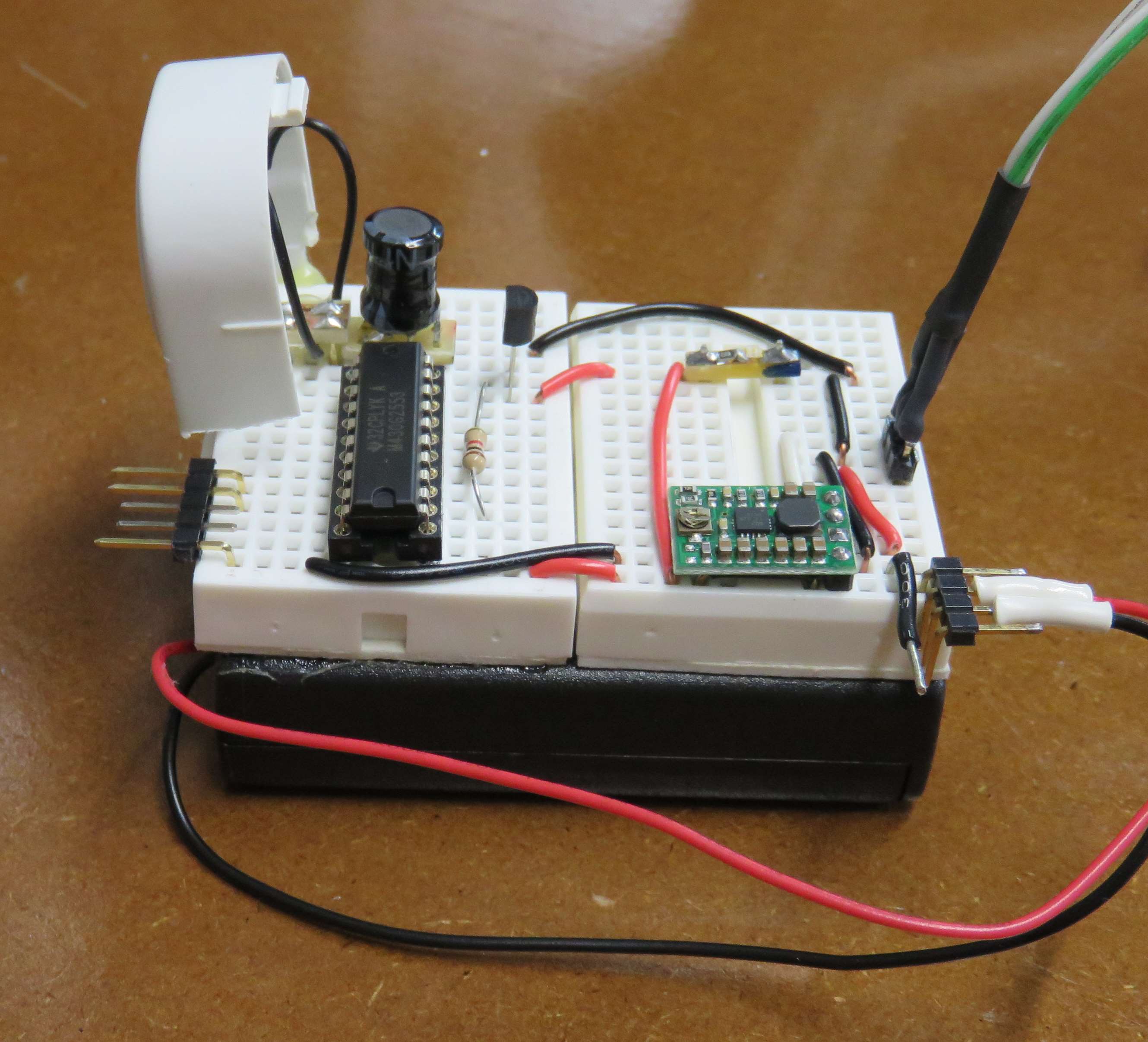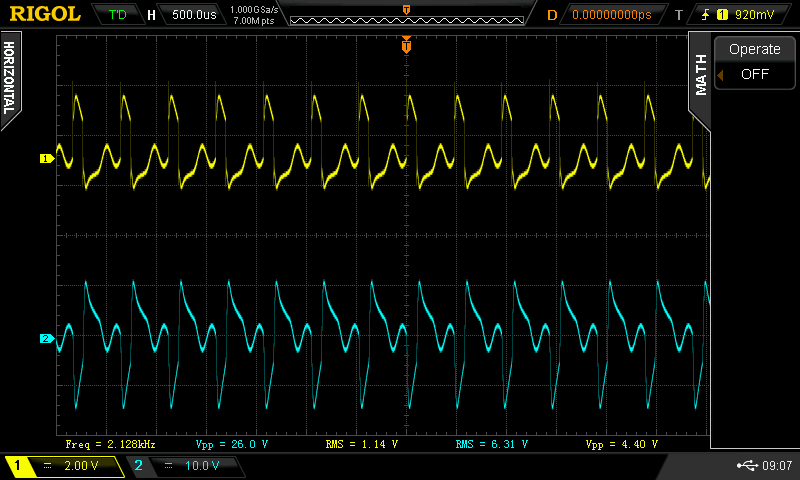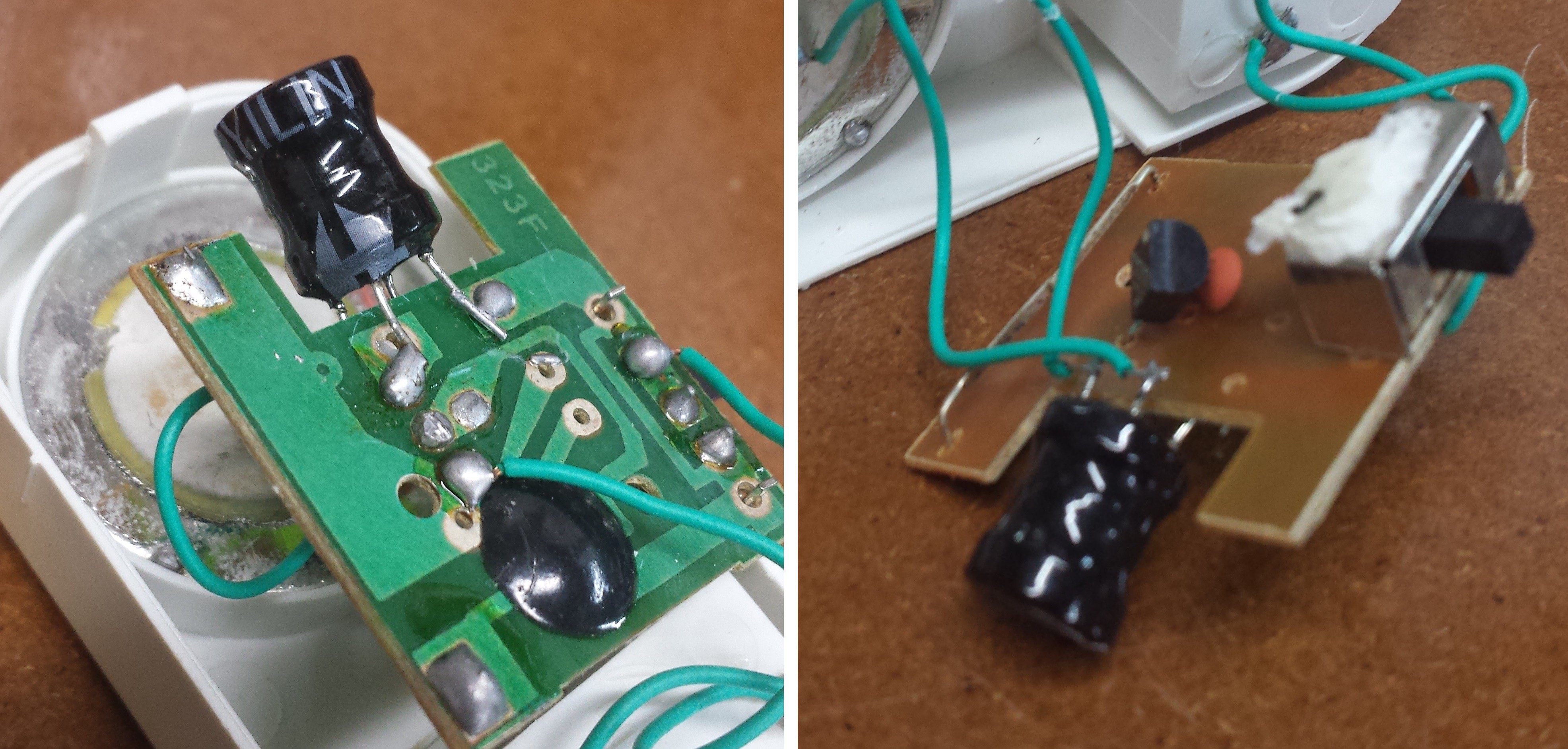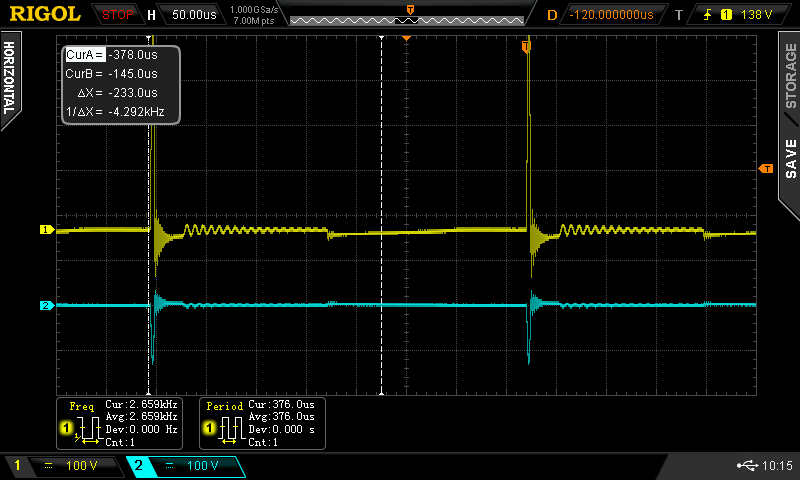-
Final Operation
12/04/2015 at 13:53 • 0 commentsPCB was populated and MCU programmed successfully. Found an annoying bug in the TI Grace software when changing the PWM output pins around. The GPIO resistor enable bit remains set and was screwing up the output signal.
Still need to get some quality photos of the final PCB.
Demo video of operation, need a stronger magnet or need to offset the magnet a little bit due to the shower door being recessed.
-
PCBs Arrived
12/04/2015 at 13:22 • 0 comments
PCBs arrived. Made one mistake on the solder mask for the transformer connection. Scrapped it off okay. Fit in the case perfectly.![]()
-
PCB Ordered
10/04/2015 at 00:52 • 0 commentsFinished the PCB layout. The Pololu regulator will be mounted under the main PCB. There is a plastic stand off that will need to be removed for clearance. There was a corresponding hole on the PCB to secure it to the case but none of the ones I've opened so far have been screwed down. Other layout options got the module too close to the supports around the edge of the case.
The speaker drive transistor was changed from a NPN BJT to a n-Mosfet, 2N7002. Almost got burned by the SMD package pin numbers being different than the TO-92 case pinout. I left the base resistor in the design to support going back to BJT. Initial testing with the 2N7000 was a bit louder on the volume. A series resistor was added with the transformer input to cut the volume down a bit.
Added the battery voltage monitor back into the design. The resistor divider for the ADC input is also controlled by a 2N7000 to minimize standby current consumption.
Forgot to add in a footprint for the SMD hall effect sensor, those will have to wait until revision 2.
![]()
![]()
-
Functional Prototype
09/21/2015 at 03:07 • 0 commentsThe functional prototype was finished during the week. Just finished the Semifinals video. Not real pretty but it works. (hasn't gotten too wet yet...)
![]()
![]()
-
Reverse Engineering Continued
09/15/2015 at 01:43 • 0 commentsThe mystery part was identified as a transformer.
![]()
When it was removed from the original PCB one of the enamel wires came loose from the case pin. This resulted in an intermittent/partial connection and a lot of frustration during testing. This was fixed with an extra glob of solder.
An MSP4302353 replaced the G2211 in the breadboard. The G2211 only has one timer, plan on using two timers to control frequency and length of the chirp. Speaker operation was tested from 100 Hz to 10 kHz with 50% duty cycle. NPN BJT was used for high side switch. The original device used a low side switch. Volume was adequate through most of the range, started to drop off around 8 kHz. Going to proceed with the design re-using the transformer from the window alarm.
The RMS voltage ratio seemed to be consistently between 5:1 and 6:1.
![]()
-
Reverse Engineering
08/28/2015 at 15:21 • 0 commentsThe original IntrudAlert PCB has a 4 pin mystery device that drove the speaker element.
![]()
One leg is connected to the battery positive, one leg is connected to a transistor (assumed) controlled by the epoxy blob that switches to the battery negative. The other pair of legs connect to the piezo element. A search for XILIN turns up a manufacturer that seems to make a bunch of these windows sensors.
Connected scope probes to the piezo legs:
![]()
Not the waveform I was expecting to see, and especially not the 100V per division setting. Promptly disconnect probes and then double checked the 10x setting on probes. Looks like the peaks are indeed greater than ±100 volt. This makes sense that more voltage is needed for more volume.
I think next will be to test a voltage multiplying circuit or driving the 4-pin device from the MSP.
-
Parts Ordered
08/28/2015 at 12:25 • 0 commentsOrdered a few of the A3214 hall effect sensors (SMD and SIP) and some of the 20-pin and 28-pin TSSOP MSP430G2553.
-
Battery Life
08/26/2015 at 02:13 • 0 commentsStarted to look into the battery life this evening. Planned to have two hall effect sensors one for shower door and the other for shower curtain orientations or maybe 4, 2 for each orientation. The best case A3144 supply current draw is 4mA per the datasheet, less than 2 days of stand-by for just the sensors with 150 mAh LR44 coin cells.
Found a similar Allegro A3214 with a 6 μA (typical) supply current (datasheet 22 μA max is still better than 4mA). Will need to order some of these. The supply voltage range is also reduced from the A3144 that happened to work under the minimum data sheet supply voltage. Plus these ones are not magentic pole sensitive.
The MCU will be in low power mode most of the time so 1 μA or so.
A buck-boost converter will maximize usable battery life. The energizer cut off voltage was .9, so 2.7V for 3 cells. Might look to see if I can find a drop in board that will work and fit in the case.
Another option is to power the hall effect sensors direct from the battery. When magnet is detected they would enable power to the MCU and rest of circuit. The buck - boost converter could remain in shutdown mode saving more power. Prototype with a linear regulator should even get decent battery life.
-
Speaker Testing
08/24/2015 at 02:08 • 1 commentTested operation of the cannibalized enclosure speaker. MCU Pin 4 configured for PWM output. Resistor divider used for one leg of the speaker for 1.65V constant reference. The other leg hooked up to the PWM signal. Worked okay connected to the MCU pin with 100 ohm resistor. Need to decide how to drive speaker via transistor and test before starting PCB layout.
-
Entry
08/16/2015 at 22:45 • 0 commentsCreated and uploaded video of prototype:
Created system design document:
https://github.com/mulcmu/ShowerMetronome/blob/master/design document.pdf
 mulcmu
mulcmu